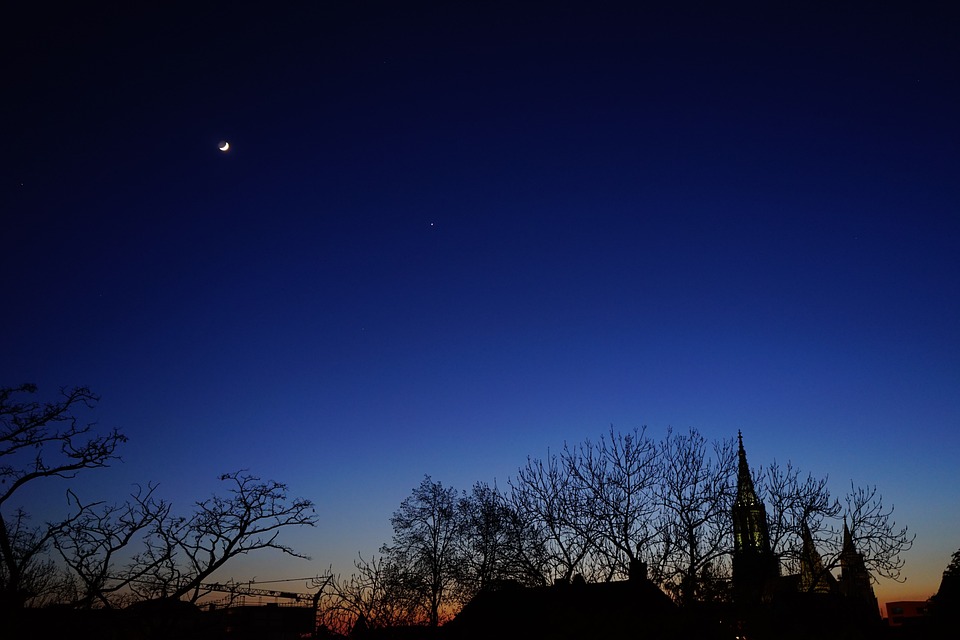Title: Venus – Less Heavenly Paradise, More Hellish Fury: The Reality Check on Earth’s Sister Planet
Image: [Image depicting the turbulent and impenetrable cloud cover of Venus as seen from space]
Introduction:
Often referred to as the “Morning Star” or the “Evening Star,” the second planet from the sun, Venus, has enthralled humanity since time immemorial. Popular culture and ancient mythologies often portrayed our planetary neighbor as another version of Earth, only brighter and even more blessed. However, as our knowledge of the cosmos expanded, Venus gradually revealed her true nature – a world driven by hellish fury, harsher and more inhospitable than any short story could ever capture.
Venus: Less Heavenly Paradise, More Hellish Fury
Venus and Earth are often described as “sister planets” due to their similar size, mass, and proximity to the Sun. Yet life as we know it doesn’t exist on Venus for a few key reasons. The planet’s environmental conditions present deadly challenges, which include:
1. Scorching Temperatures: Venus experiences temperatures in excess of 460℃ (860℉) on its surface, hotter than any other planetary body in our solar system, even Mercury. The thermally insulating properties of its dense atmosphere trap solar energy, leading to a runaway greenhouse effect.
2. Pressure Cooker: Pressure at Venus’ surface is around 92 times that of Earth’s, equivalent to the pressure experienced at a depth of 900 meters (3000 feet) in Earth’s oceans. No human-made equipment could survive these conditions for long.
3. Toxic Atmosphere: Venus’s thick atmosphere consists primarily of carbon dioxide, with traces of sulfur dioxide and sulfuric acid clouds. These volatile chemicals form clouds that would be lethal to any Terran life form attempting to breathe in the Venusian air.
4. Acidic Precipitation: Although Venus appears as a waterless planet, its dense atmosphere is subject to a phenomenon known as “acid rain.” While no significant bodies of water can hold the massive amounts of this rain, soft precipitation of sulfuric acid droplets covers the planet. The acids would instantly destroy most known life forms.
5. Lack of Magnetic Field: Venus lacks a protective magnetic field, resulting in more significant exposure to the Sun’s solar wind. It wipes away the external atmospheric particles such as hydrogen and oxygen – the building blocks of life as we know it.
The Venusian Reality:
While Earth and Venus may share a size, mass, and proximity to the sun making Venus seem almost like an Earth clone, a reality check reveals a history, geology, and ecosystem more in line with Mars, the fourth planet from the sun.
1. Runaway Greenhouse Effect: Following the Great Oxygenation Event on Earth, life thrived as oxygen levels rose and temperatures fell. On Venus, the absence of life and the gradual thickening of the atmosphere led to an uncontrolled greenhouse effect, turning the planet into a global inferno.
2. Mass Extinctions: While Earth’s life has experienced severe setbacks like asteroid impacts and mass extinctions, Venus witnessed a different fate. The lack of life led to the planet’s surface becoming an oven – untouched by natural cycles that rejuvenate and regrow life.
3. Volcanic Activity: Venus’ surface is littered with volcanoes, but they are inactive, and the planet’s tectonic plate movements are believed to have ceased hundreds of millions of years ago.
FAQs About Venus:
Q1: Why would Venus’s atmosphere lead to such extreme temperatures?
A: Venus’s atmosphere is mostly made up of carbon dioxide, a potent greenhouse gas. The planet’s thick, dense atmosphere traps the incoming solar radiation, creating high surface temperatures that lead to a runaway greenhouse effect.
Q2: Could Venus ever support life as we know it?
A: Given the harsh conditions on Venus, it appears unlikely that life as we know it could exist on the planet’s surface. That doesn’t completely rule out the possibility of microbial life in parts of the atmosphere, but this is still a topic of ongoing research.
Q3: Does Venus have any atmosphere beyond its heavy cloud cover?
A: Venus does have an atmosphere with multiple layers. Above the sulfuric cloud layer lies an atmosphere made primarily of carbon dioxide, which also traps heat and contributes to the runaway greenhouse effect.
Q4: Are there any chances that Venus’ surface could be colonized in the future?
A: Colonized? Extreme as it may seem, researchers are always exploring new frontiers. However, any colonization effort on Venus would need to address the planet’s extraordinary pressures and temperatures, as well as an almost complete lack of natural resources – conditions far from ideal for terraforming or long-term human habitation.
In conclusion, Venus, while sharing certain superficial similarities with Earth, bears a suite of catastrophic environmental conditions, linking her more closely to the desolate landscape of Mars than the biodiverse Earth. Yet, while planets may bind life as we know it, it’s their shared differences that have the potential to nurture life as we yet to discover. Despite the unforgiving nature of Venus, her exploration remains an essential part of understanding the dynamic and diverse universe. As we turn our gaze to futures among the stars, Venus’s fiery example serves as a reality check – reminding us both of the extreme conditions that define planets and the tenacity of life here on Earth.



